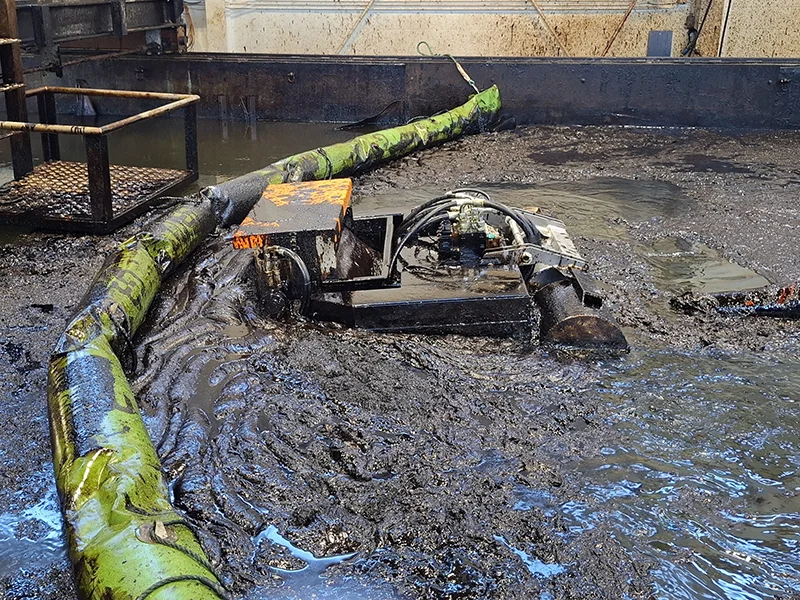Challenges of Recovering Oil from Spills of New Generation Low Sulphur Oils
12th Aug 2025
Introduction
The maritime industry's shift towards low sulphur fuel oils (LSFOs), including Very Low Sulphur Fuel Oil (VLSFO) and Ultra Low Sulphur Fuel Oil (ULSFO), has been driven by international regulations aimed at reducing sulphur oxide emissions. While these fuels offer environmental benefits in terms of air quality, they present significant and largely unforeseen challenges when spilled into marine environments
Behaviour of Low Sulphur Fuels in Marine Spills
Unlike traditional heavy fuel oils, LSFOs often exhibit high wax or paraffin content. When spilled, they can behave more like semi-solid grease or butter, especially in cooler waters. This results in:
- Poor spreading and emulsification, making natural dispersion less effective.
- Formation of brittle, crust-like layers that crack rather than flow, complicating mechanical recovery
Limitations of Traditional Response Techniques
Research from the IMAROS project and operational experience highlight the inadequacy of conventional oil spill response methods for LSFOs:
- Dispersants: Typically used to break oil into smaller droplets, dispersants have shown limited efficacy on LSFOs due to their altered chemical composition
- In-situ burning: LSFOs are difficult to ignite and burn poorly, leaving behind significant residue
- Natural attenuation: These fuels degrade slowly in the marine environment, increasing the risk of shoreline contamination
Operational and Environmental Implications
The inefficiency of current recovery methods leads to:
- Longer response times, increasing environmental damage and cleanup costs.
- Higher risk to coastal ecosystems, as LSFOs are more damaging when they reach shorelines
- Complex logistics, as vessels may carry multiple fuel types, each requiring different response strategies
Mechanical Recovery: The Preferred Option
Mechanical recovery using booms and skimmers has emerged as the most viable approach. The IMAROS project has prompted manufacturers to redesign skimmers with improved brush spacing, surface coatings, and propulsion systems to better engage with LSFOs. Vikoma’s Komara Omni has been developed as part of the IMAROS project and undergone thorough trials to recovery a range of the different oils. Komara Omni has adopted unique technology to optimise performance and efficiency.
It has a unique power trim designed to enable the height of the brush to be adjusted to suit the oil. It also has a very manoeuvrable thruster system for easy control and positioning which is essential for recovery of LSFO’s.
Vikoma has also developed a uniquely spaced V brush which recovers LSFO’s with very lower free water content.
Implications for responders and equipment buyers
It is really important to ensure that equipment has been tested on LSFOs, not just conventional oils. To provide best flexibility in an oil response package, a Modular skimmer systems adaptable to different oil behaviours is the best solution. Vikoma’s Komara Omni offers a wide range of interchangeable recovery modules to suit many oil types. These modules include the V Brush, a regular brush, star disc and regular oleophilic discs.
For more information see our product page.
Conclusion
Responders and equipment buyers must adapt to the evolving nature of marine fuels. LSFOs demand a rethink of recovery strategies, investment in specialised tools, and a commitment to training and preparedness. The future of effective spill response lies in innovation, integration, and readiness.